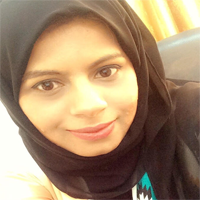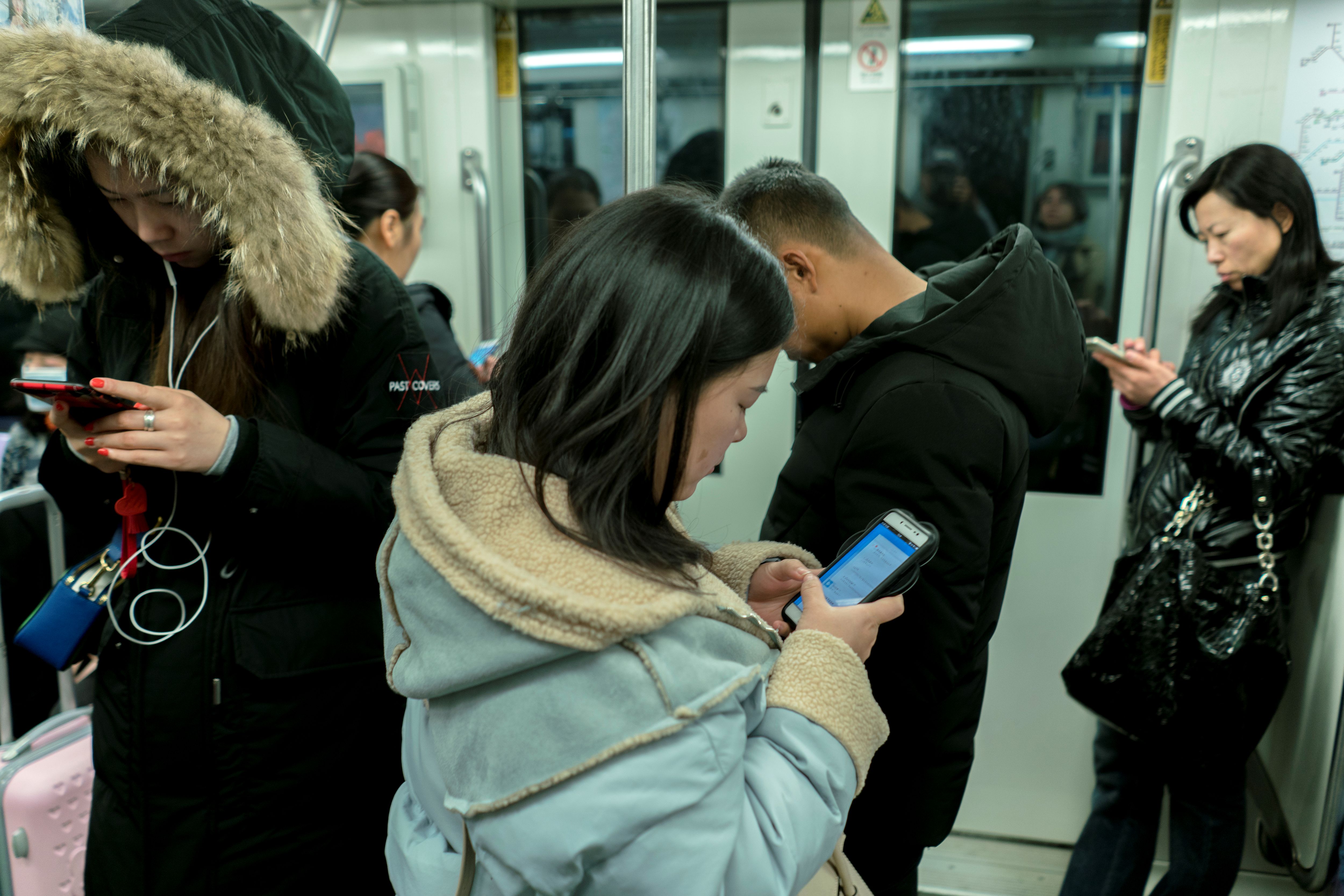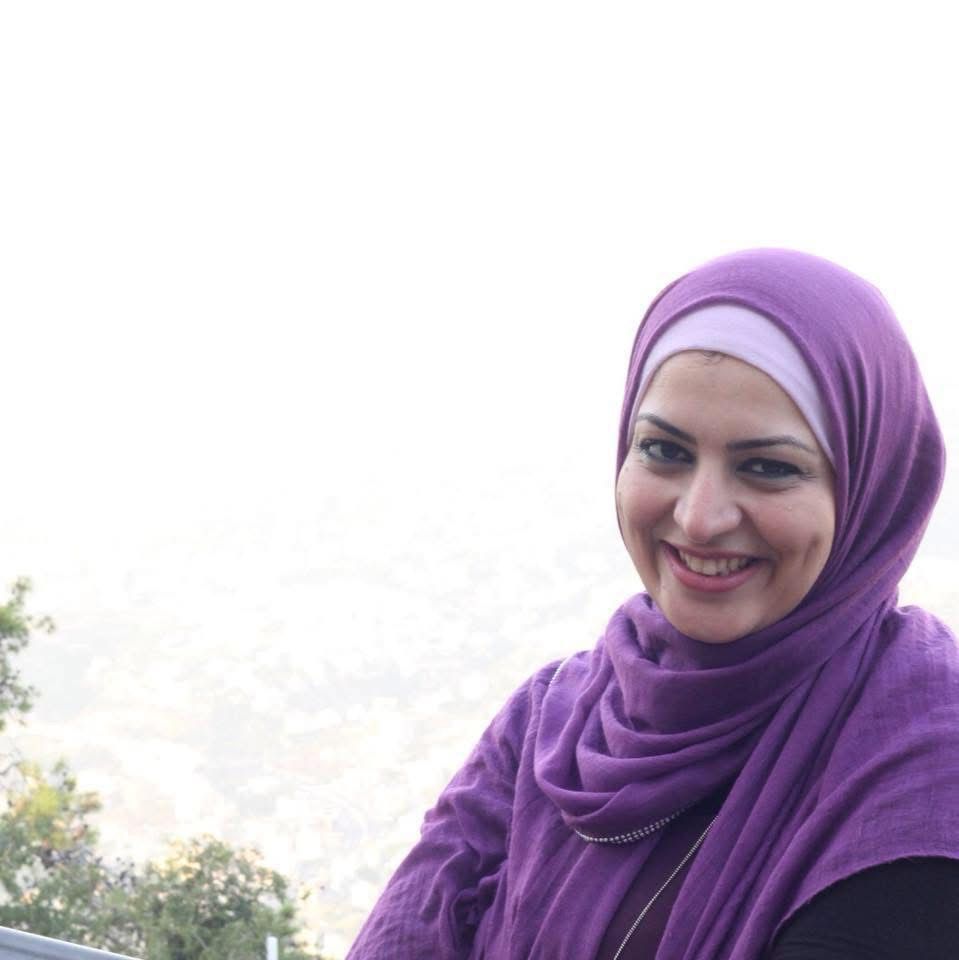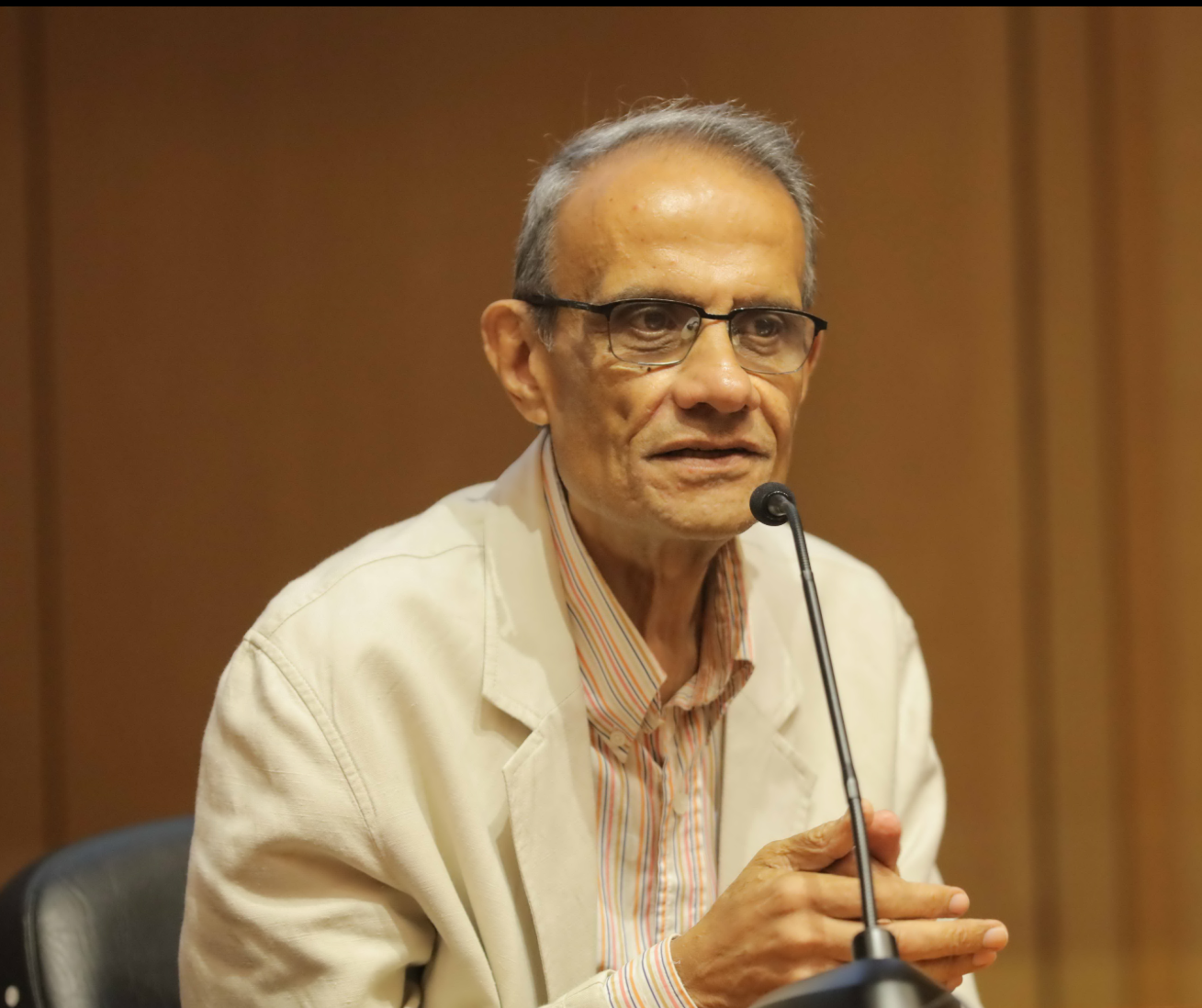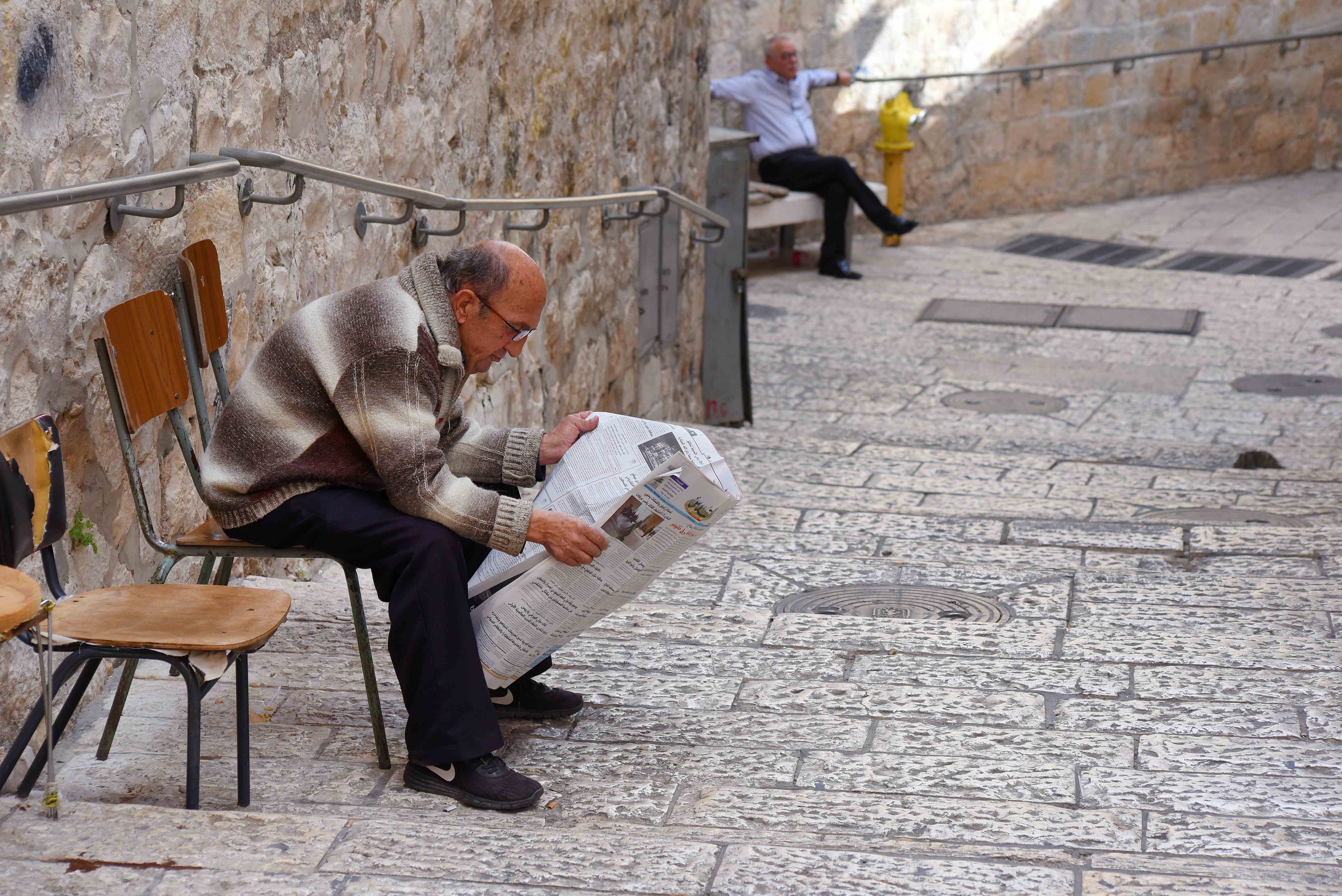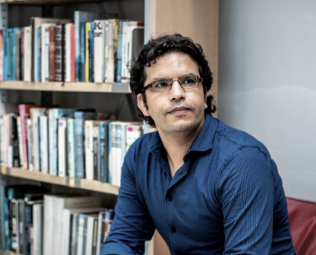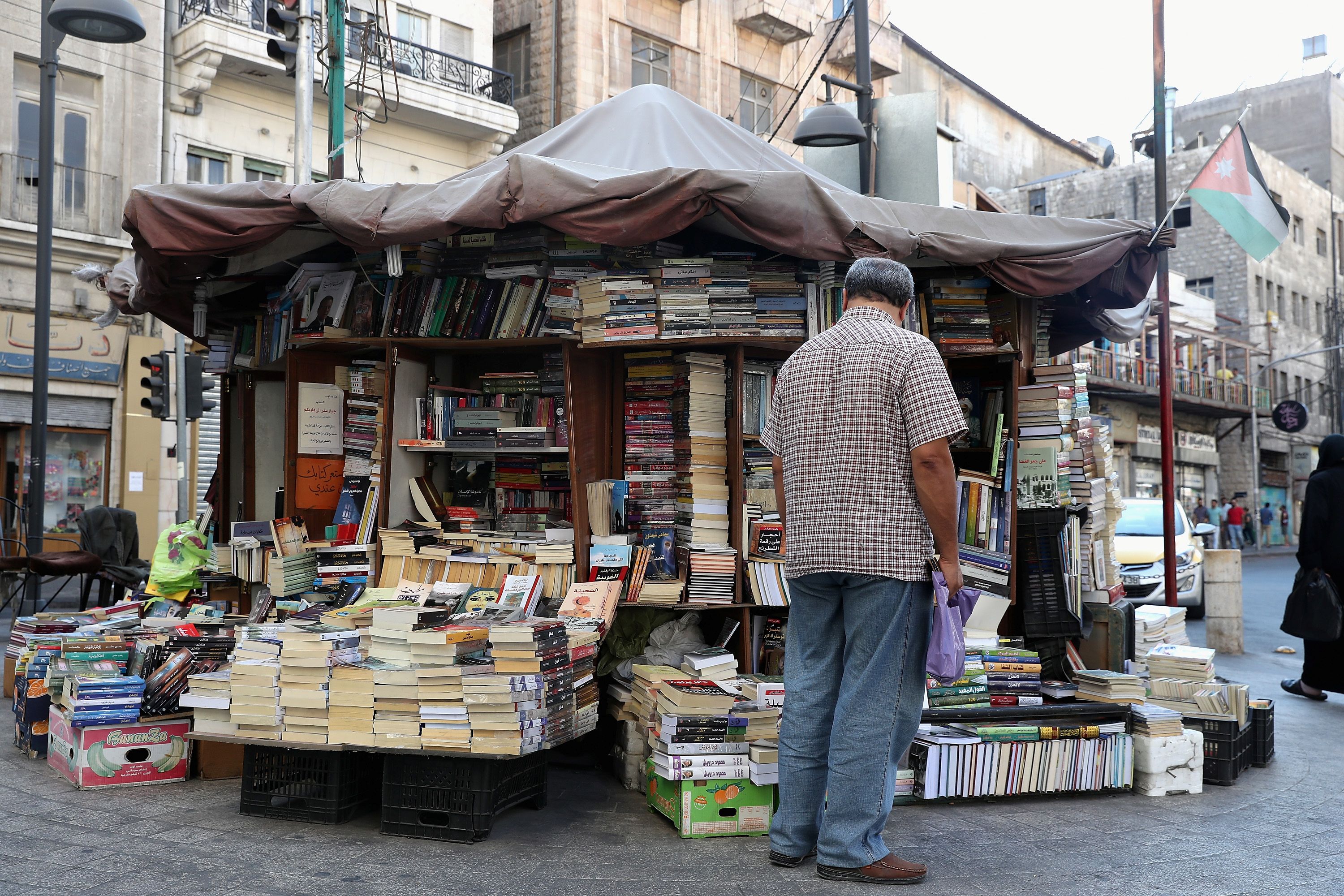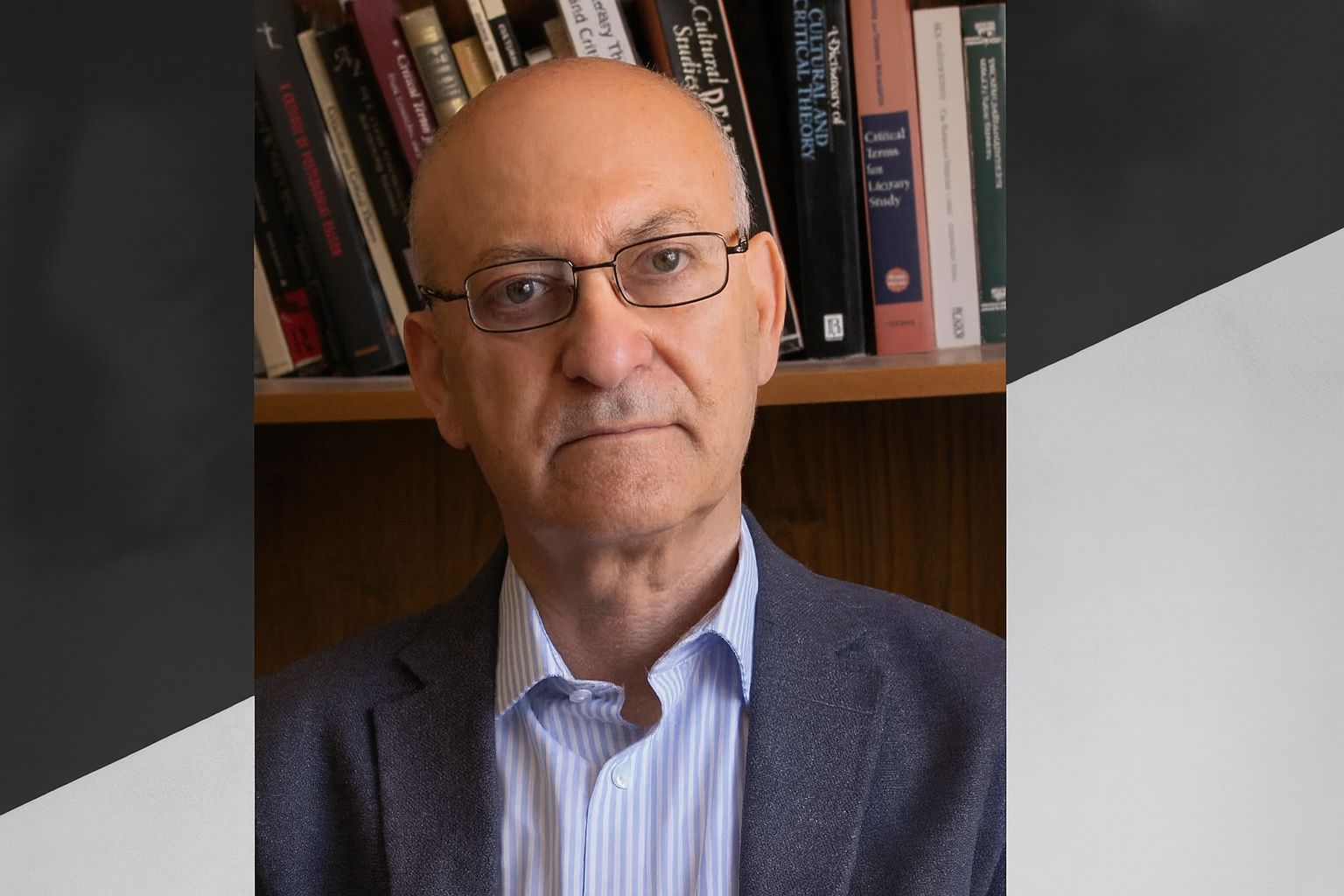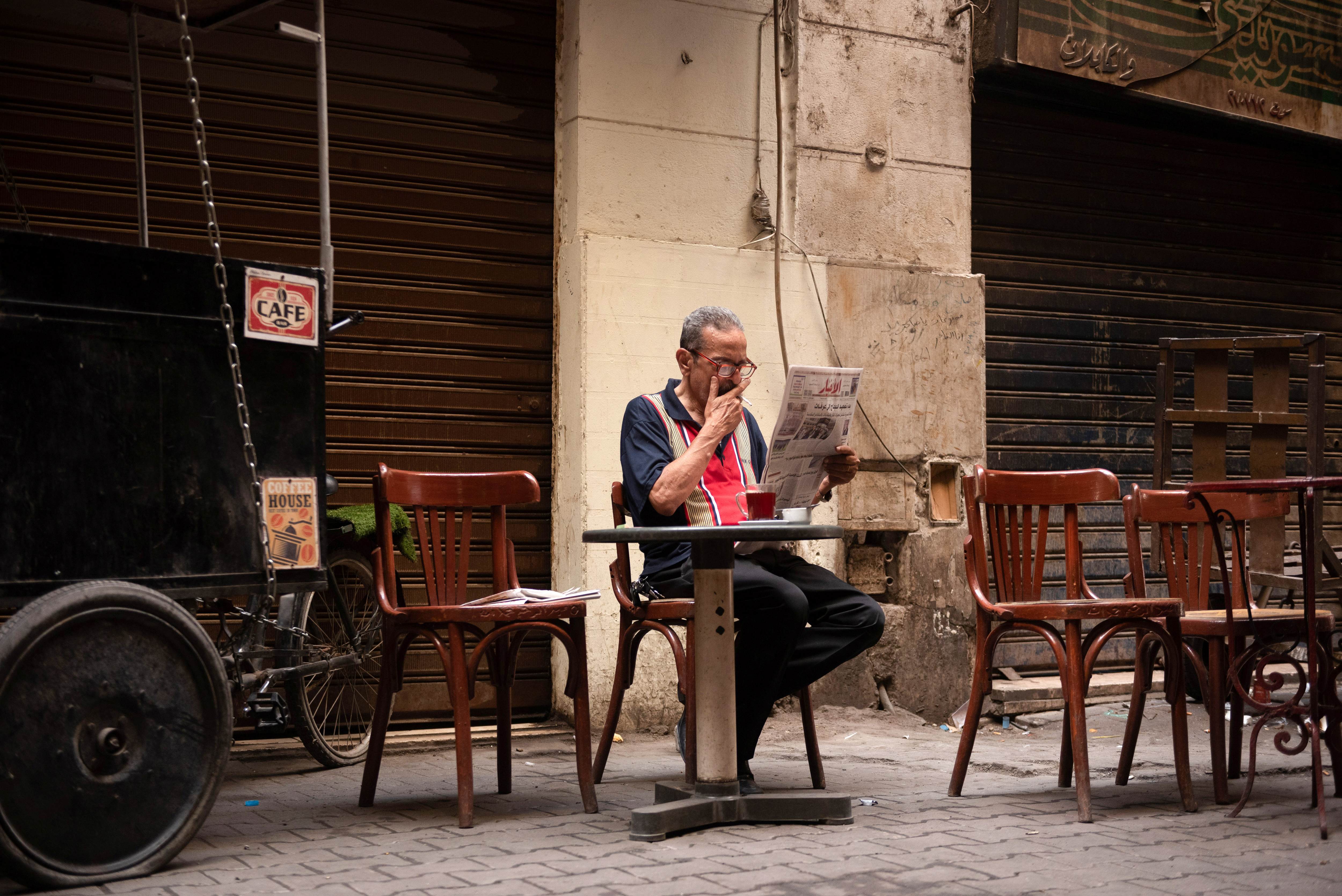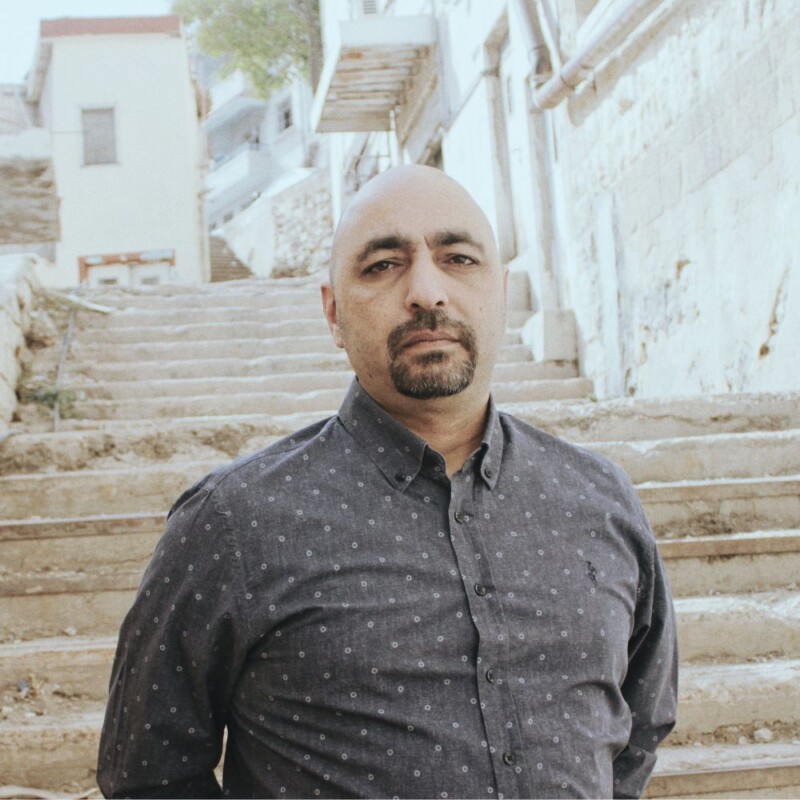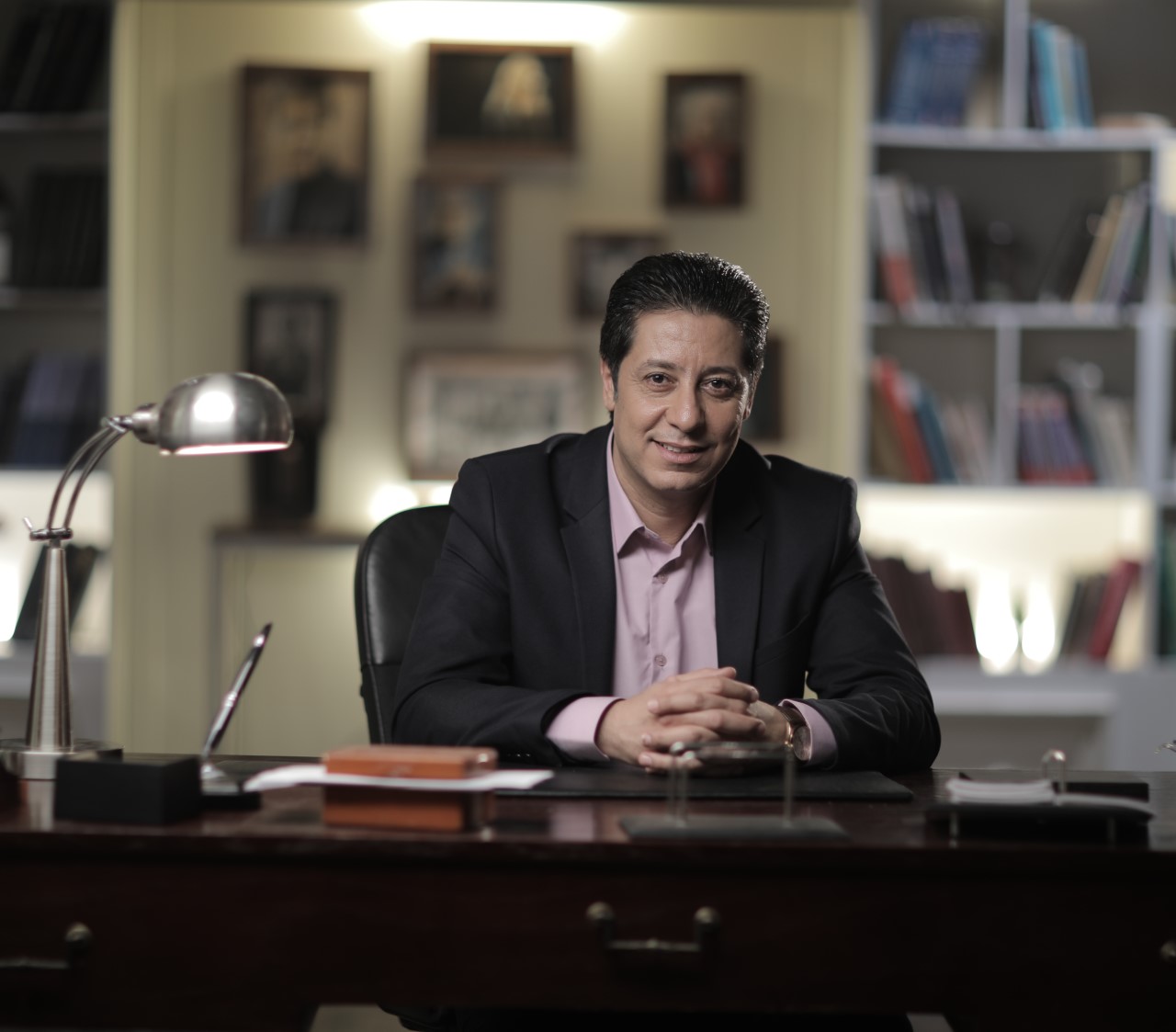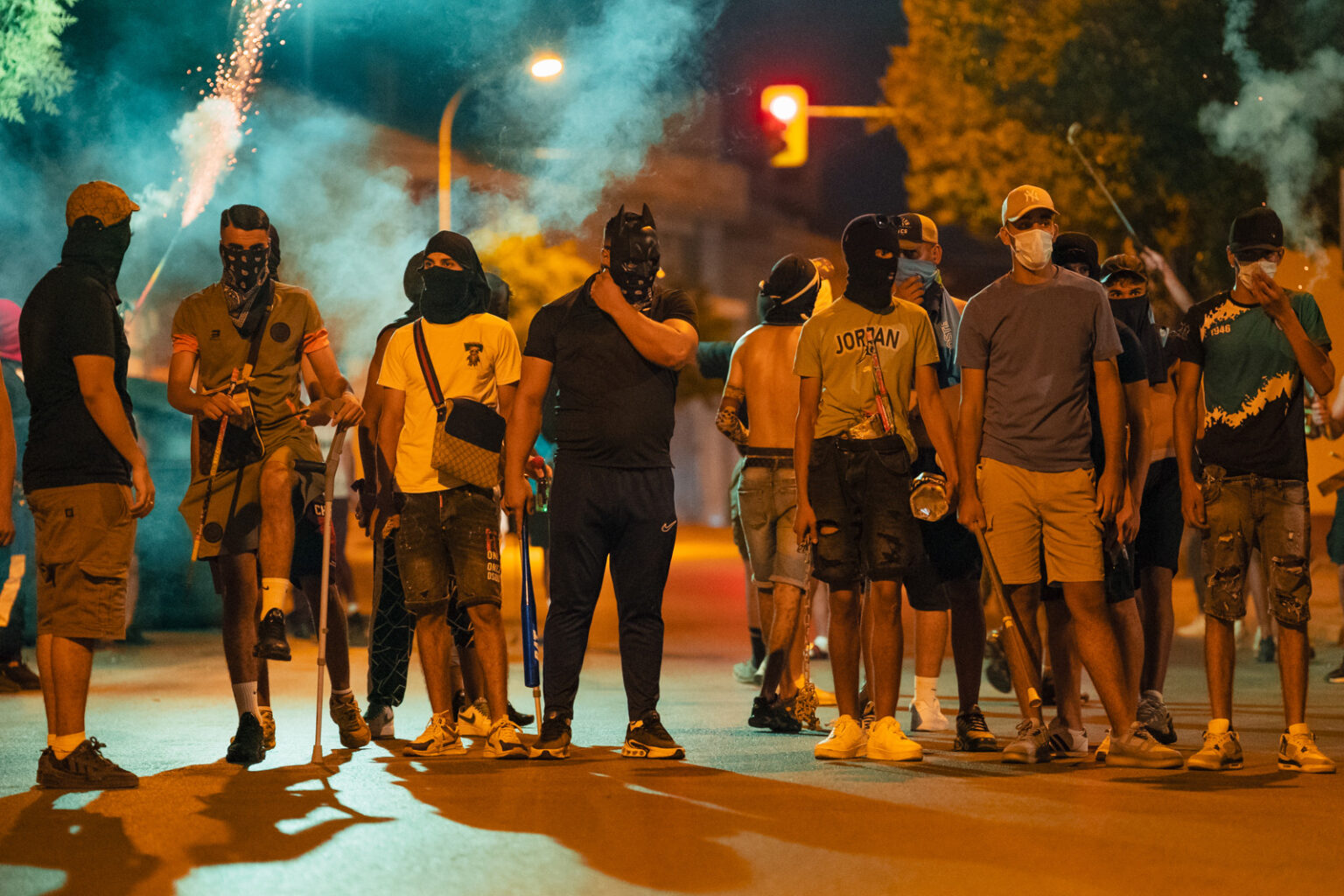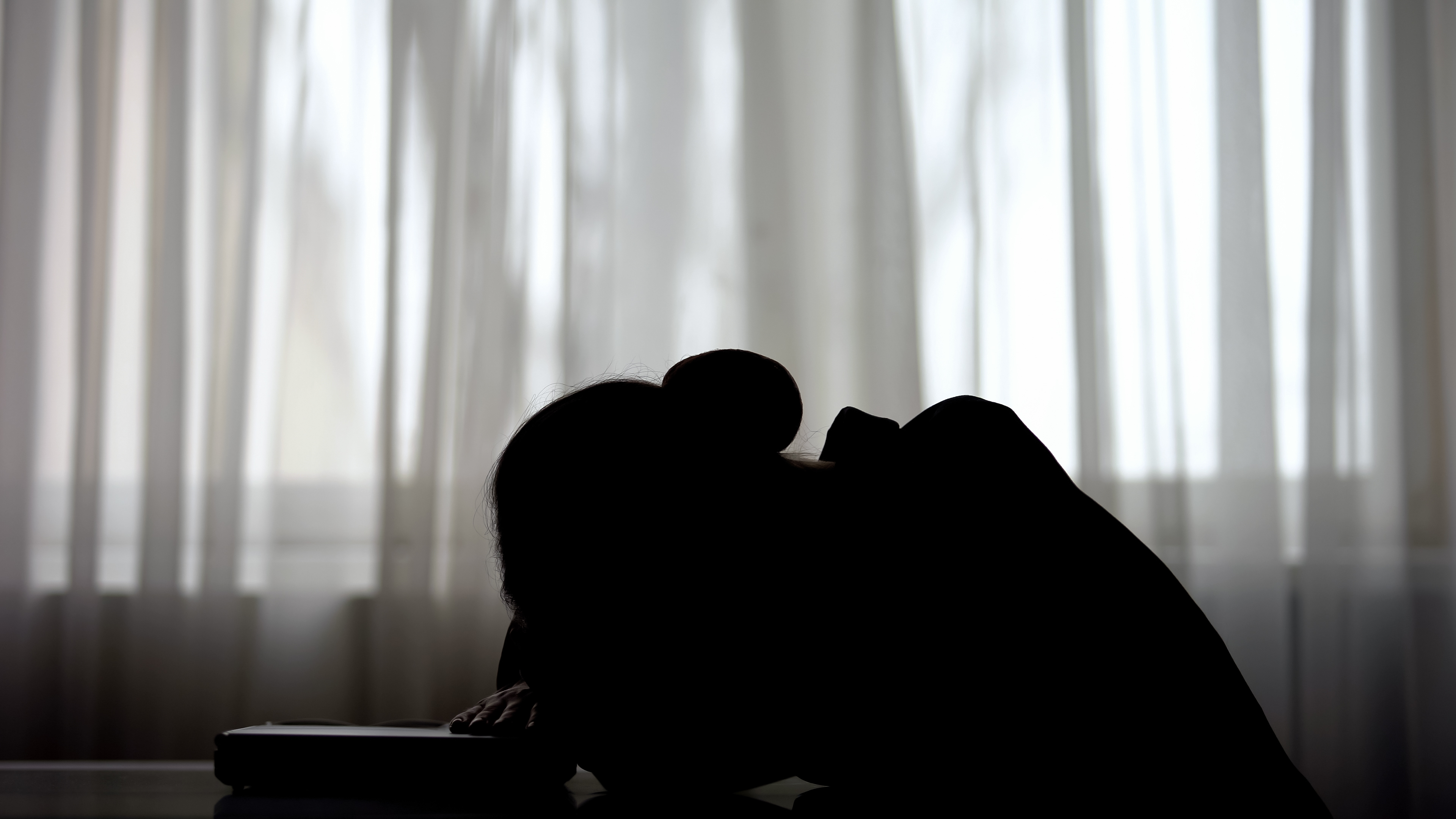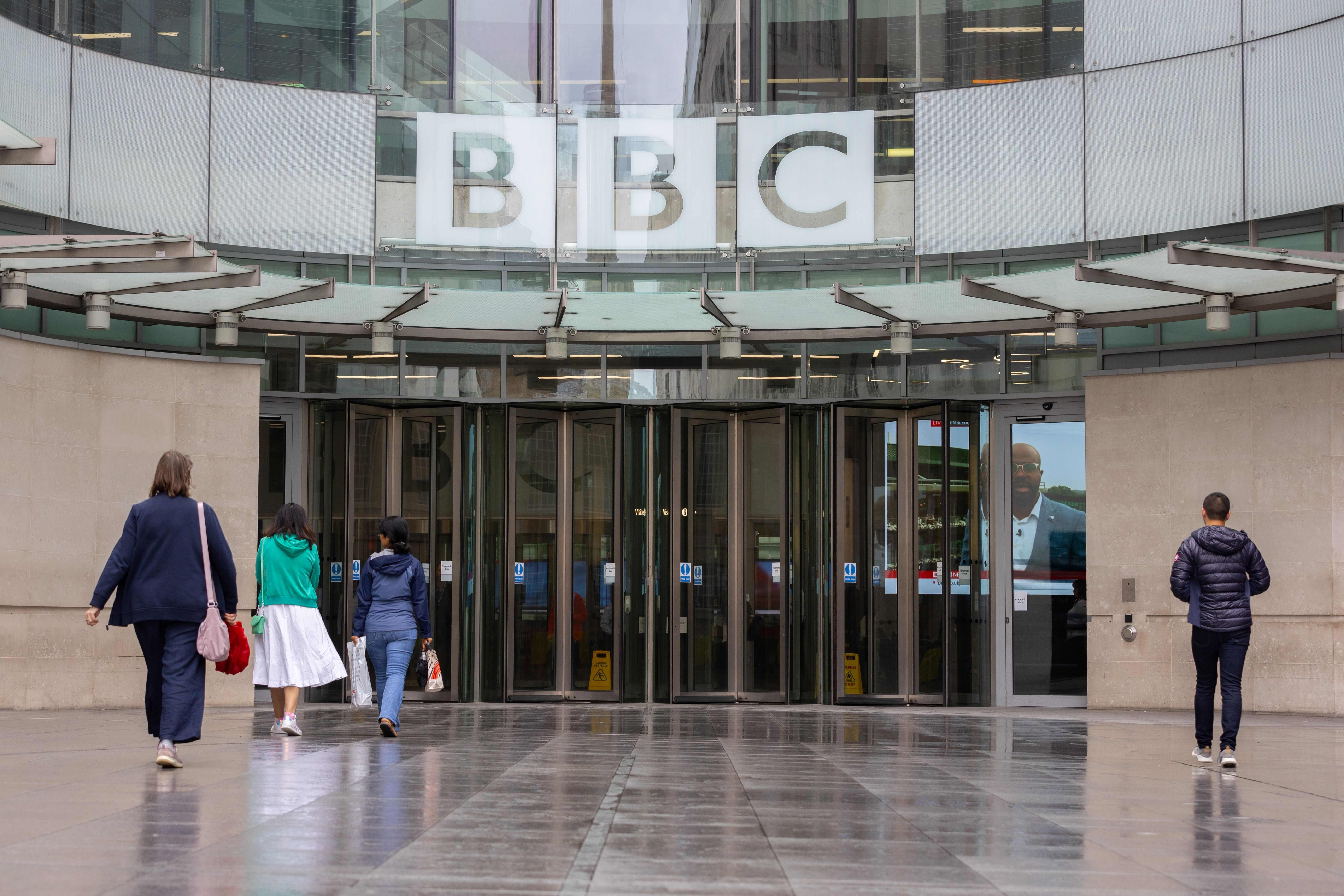There are more than 2.5 million foreign workers living in the Sultanate of Oman, not counting those working illegally. In 2011, the government announced plans to nationalize the workforce and employ some 40,000 Omani citizens as part of political and administrative reforms following demonstrations across the country. But, this has not checked the growth of Oman’s Asian workforce, particularly in the construction and service sectors.
There is a paucity of official information about the origin countries of these workers, but sources suggest that the most common nationalities of workers are Bangladeshi, Indian, Pakistani and Filipino. Regardless of their nationalities however, the state is increasingly unable to absorb this ever-growing number of people and meet all their needs throughout their stay, even as the various challenges and dangers of non-integration in local society become greater and greater.
Why Asian minority media?
Official Omani statistics suggest that the “minorities” who make up the foreign workforce in Oman constitute approximately 45% of the total population. We might ask ourselves whether it is really appropriate to describe them as “minorities” when they represent almost half those living in Oman today. But the use of the term is justified –if somewhat journalistic – because of the obvious plurality of cultures and ways of life among the different groups included in this figure.
I have a long-standing interest in the relationship between the inhabitants of a wealthy, high-income region with high standards of living and those who arrive in Gulf airports every day seeking better economic conditions and wages that allow them some basic minimum of life. I am interested in how these workers are represented in the Gulf generally, and in Oman specifically, both in their representations as a societal group and them as individuals. This includes forming understandings of their growing numbers, as well as their immersion in our society, and how they are affected by new ways of living and their struggles with problems of language and integration.
At first glance, a journalist wanting to cover the issue of cultural integration of Asian minorities in Oman expects to adopt a narrative driven by personal testimonies and stories about the difficulties of adjusting to a new country and the increasingly challenging living conditions, especially given falling wages coupled with rising inflation.
However, as soon as you start looking for voices and stories that support this idea, you run into a surprising wall of silence. Many refuse to talk about these problems as a result of common day-to-day anxieties – chief among them, the absence of a shared language between the journalist and the interviewee. They see all this as a natural and inevitable result of the immigrant experience. The expectation is the experience, hard as it is, will eventually lead to better living conditions in their home countries.
But even those who believe that the issue is more than just language and media coverage of the immigrant experience, have to admit that the two dominant languages—English and Arabic—function as important linguistic mediums to convey media messaging.
According to Oliver Allan, the managing editor of the English edition of the Omani newspaper Atheer, Omani and Gulf media should not use Asian languages in their coverage. ‘The government performs certain basic tasks, like keeping consumers informed. It uses English, which is the global language. We have to take into account the fact that those who come here as laborers and who don’t speak English or Arabic well don’t stay here long-term like their compatriots with degrees do.”
But what about the basic need to provide newcomers with information about their new home and its laws?
Allan suggests that this is the only case in which we should use Asian languages. The workers that arrive every day in the country need to familiarise themselves with the laws and sociocultural norms of the country and how to respect, preserve and coexist with them in a peaceful and orderly fashion.
Jinesh Kiji, an Indian who has lived in Oman for two years and works in marketing, agrees that it is absolutely necessary to inform newcomers of labour laws and especially how to file complaints in case of labor violations.
The struggles of many Asian migrants in Oman remain hidden because of their poor grasp of their basic rights or their fear of reporting abuses. “The media needs to get closer to them, given that they are new communities,” Kiji said.
“The media should help keep people up to date on labour regulations and working environments in the country. Why not create social media groups for immigrants from our countries, like a Facebook group for discussion of issues we face in Oman? We might find a decent solution to the problems that face us immigrants here and an alternative to the role the government expects the media to play,” Kiji suggested.
Combatting social isolation
After extensive research, I found that only a few journalists support the creation of an Asian media in Oman. One of these supporters is Desmond Priyanka, a Sri Lankan who has been living in Oman for three years. “Our experiences have allowed us to get to know whole neighbourhoods in Oman that speak only Asian languages like Hindi or Baloch,” Priyanka said. According to him, this means that we should think seriously about the need for multilingual media including radio, television and newspapers.
However, a potential challenge for such multilingual projects would be a shortage of workers from these nationalities in the media sector, in addition to the Omani state’s lack of support for local media.
Potential Asian media outlets in Oman could focus on issues facing these workers. This includes “the continual problems that domestic workers face, workers’ rights in low-skilled professions, job loss and non-payment of wages. In addition, there is an opportunity to cover social and religious issues resulting from cultural difference, such as the establishment of places of worship for different religions, legalisation of extramarital sex and the freedom to practise religious rituals,” Priyanka added.
Allan, for his part, was against this idea, which he described as aimed at “penetrating the cultural identity of [Omani] society.” He agrees that “media will allow these workers to achieve a greater sense of community and better living standards by improving their relationship with the new country. But this could also represent a danger to society’s cultural identity and help the spread of foreign languages and behaviours unacceptable to individuals here.”
Most journalists and workers in Oman agree that media coverage of Asian workers’ issues should meet their basic needs. It should provide them with local news on the weather, traffic, exchange rates, the economy and other daily developments. Ultimately, it should create an environment which allows them to express their aspirations, needs, and daily problems, ensuring greater contact with the society they live in.
The social isolation of this growing demographic should be a source of public worry, regardless of the problem posed by the linguistic barrier. Priyanka notes that “we get daily news about our own countries from the internet. But what about the place that we live? There’s nothing wrong with Asian media being subject to constant oversight from the government. They should be subject to all of the same publication controls to strengthen them as media platforms for the thousands of Asians working in the country.”
*Picture: A shopkeeper waits for business in the al-Dhalam Souk on December 9, 2010 in Muscat Oman. (Mark Kolbe-Getty Images).

